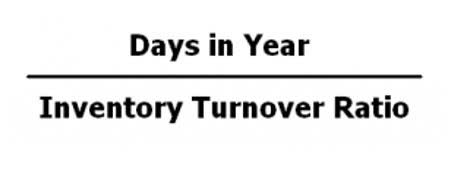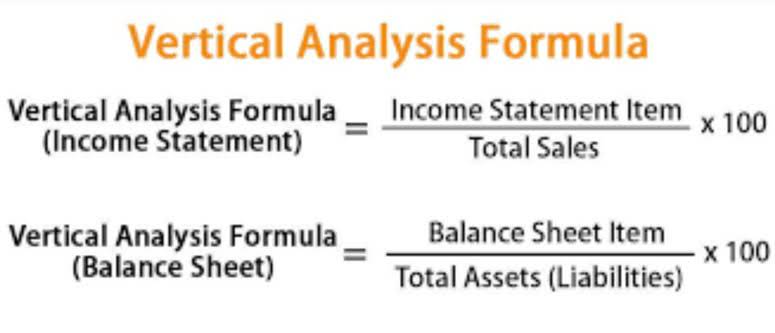
As a result, accounting income of a partnership is adjusted, or reconciled, to taxable income. Assume now that Partner A and Partner B have balances $10,000 each on their capital accounts. Statement of partners’ equity starts with capital balances at the beginning of the accounting period, and reflects additional investments, made by the partners during the year, net income for the period, and withdrawals.
Step 4: Draft the agreement
While a handshake would work, it is far more sensible to document it in case of disagreement. Partners are typically not considered employees of the company and may not get paychecks. When the partners take money out of the business, it is recorded in the Withdrawals or Drawing account. Remember, this is a contra-equity account since the owners are reducing the value of their ownership by taking money out of the company.
- Your partnership agreement should clearly outline each partner’s roles, responsibilities, and authority before you start your business.
- One of his best customers, Jesse Tyree, wouldlike to get involved, and they have had several conversations aboutforming a partnership.
- On January 1, 2017 he formed apartnership with Juanita Diaz called Insect Management.
- You may draft several versions of this agreement before all the partners agree.
- If non-cash assets are sold for more than their book value, a gain on the sale is recognized.
Key elements of a business partnership agreement

Liquidation of a partnership generally means that the assets are sold, liabilities are paid, and the remaining cash or other assets are distributed to the partners. To summarize, there does not exist any standard way to admit a new partner. A new partner can be admitted only by agreement among the existing partners. When this happens, the old partnership is dissolved and a new partnership is created, with a new partnership agreement.
Distribute profits and losses
As the amount is guaranteed, it must be dealt with through a credit entry in the partner’s account (usually the current account) before the residual profit is shared. When a partnership buys out a withdrawing partner, the terms of the buy-out should follow the partnership agreement. Using partnership assets to pay for a withdrawing partner is the opposite of having a new partner invest in the partnership. The balance sheet provides a snapshot of the partnership’s assets, liabilities, and equity at a specific point in time, highlighting the financial position and stability of the business. The income statement, on the other hand, details the partnership’s revenues, expenses, and net income over a particular period, offering insights into profitability and operational efficiency. The statement of cash flows tracks the inflows and outflows of cash, revealing the partnership’s liquidity and cash management practices.
- The extra $5,000 Partner C paid to each of the partners, represents profit to them, but it has no effect on the partnership’s financial statements.
- Those partners share the ownership and profits, but they also share the work, responsibility, and potential losses.
- Cash can be combined to purchase income-producing properties orother investments without having to sell assets, thus keepingcostly investments all in the family.
- The profit or loss sharing ratio is sometimes simply called the ‘profit sharing ratio’ or ‘PSR’.
- If the loan was created by converting a proportion of the partner’s capital into a loan, the debit entry will be in the capital account.
Partnerships and IFRS
Proper documentation and transparency throughout this process are essential to avoid disputes and ensure compliance with legal requirements. Partnership accounting is a specialized area of financial management that requires careful attention to detail and an understanding of unique principles. Unlike corporations, partnerships involve multiple individuals who share ownership, profits, and responsibilities, making the accounting practices more complex. Partnership organizations can be very small, very large, or any size in between. What type of accounting rules do partnerships use to record their daily business activities? The options broadly include using a cash basis, a tax basis, and a full accrual basis to track transactions.

If a retiring partner withdraws cash or other assets equal to the credit balance of his capital account, the transaction will have no effect on the capital of the remaining partners. By agreement, a partner may retire and partnership accounting does not: be permitted to withdraw assets equal to, less than, or greater than the amount of his interest in the partnership. The book value of a partner’s interest is shown by the credit balance of the partner’s capital account.
Bonus Method
Likewise, if the partnership were to assume liabilities from one of the partners, the liability would be recorded at the current value. And, as demonstrated above, any non-cash assets contributed to the partnership should be valued at their current values. Recall that each partner is jointly and severally liable for all the debts of the partnership, meaning each partner is personally liable for these obligations. As a result, in most business settings and jurisdictions, the actions of any partner are attributed to the partnership and each of its partners, whether the actions were approved by all partners or not.
